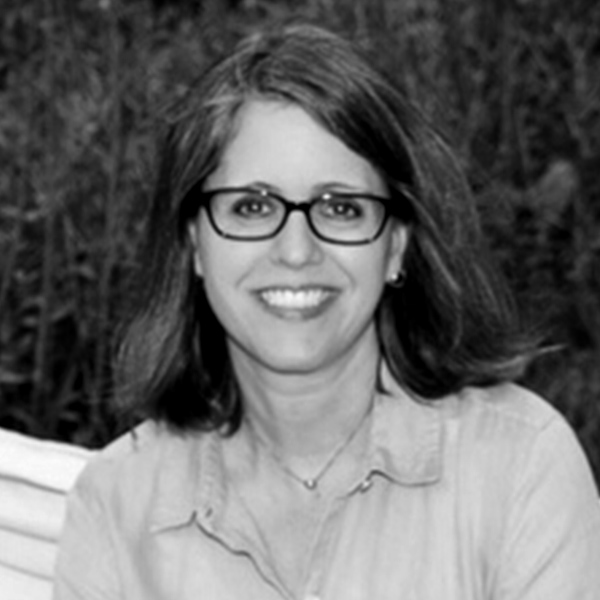
InstaARTS Full Steam Ahead is a virtual program that offers students in grades 3-6 and educators zoom classes in the arts developed to meet the academic standards in the arts and humanities which also integrate STEAM education. Substantive lessons in the arts involve students in learning an academic perspective in the arts through performance, production and exhibition, historical and cultural contents, aesthetic development, and knowledge of critique. Science and mathematics lessons are integrated into the content of the classes. Classes are taught by professional artists though a virtual lesson designed by a curriculum specialist.

Patterns in Nature and Poetry
with Alicia Griga
This colorful lesson explores the geometric and organic patterns in nature that help us identify animals and plants and then extends that theme to the sound and visual patterns poets have used to create memorable phrases and images in our minds. Each one of these two lessons includes fun prompts for students to create their own pattern-inspired art.
Analyze Patterns
wth Gina Rice
Students will actively engage with the wonderful, mathematical world of shapes, numbers and patterns. Numbers, shapes and patterns exist in the world all around us and students will begin their journey by creating a 2D paper weaving executing a unique shape and pattern they design! Next they will participate in the centuries old art form of tapestry weaving to bring into being a design that incorporates number patterns. They will build and strengthen their measuring, counting and aesthetic skills all while learning this amazing ancient hands-on craft. Students will learn how to manipulate the weft strings to bring into being a tapestry of their own design, an original creation and an amazing journey!


2D Geometry: Lines/Angles/Triangles/Quadrilaterals
with Debra Dick
Students will use modified Roman capital letters to make Abstract Geometric Art on paper. Students will identify the various types of lines, angles, triangles, and quadrilaterals that result from the intersection of overlapping letterforms. Focus will be on shape, color, and design.
Movement in Space: Creating Characters
wth Jenny Hill
Movement can be described in many ways. We move our bodies from side to side, and front to back. We move things up around and down. Movement requires us to use energy, force, speed and direction. In this lesson, students will explore movement in space by using energy, force, direction, and speed. Together we’ll explore the many ways movement can express emotion as we develop characters for stories.


Game, Set, Match!
with Conor McGuigan
Sets can be seen all around us. Learn how to identify them by getting right into the action and becoming a set yourself!
CHANGING THROUGH ADAPTATION: Flipping the script!
wth Conor Kelly O’Brien
All living things must grow and change based on their environment – and so does a good story! As students investigate how various types of organisms in nature must respond to their surroundings, they will also learn how to take a common story (fairytale, legend, myth, etc.) and make it their own through a simple, clear and fun process! This class is perfect for the budding scientist OR writer in the family.


Game, Set, Match!
with Lindsay George
Earth is the only planet (that we know of, so far) that has life on it. This STEAM lesson focuses on understanding how scientists classify, or group the other 2,000,000 species with whom we share this planet – from ‘Kingdom’ all the way down to ‘Species’.
Colliding Collaboration
Dawn Leas
Some may think science and poetry are so different that it would be hard for them to find common ground. But that’s not true! They actually work well together. So, we’ll set off on an adventure to prove this as we investigate what sound is and how it travels before exploring how they can come together to build a poem using sound and onomatopoeia.




For more information, contact Liz Faist at lfaist118@gmail.com or 570-876-9253.
instaARTS is a copyrighted program that cannot be replicated or recorded for commercial use. Copywritten lesson content provided by Stephanie Pisano Cullen and Stefanie Colarusso.
